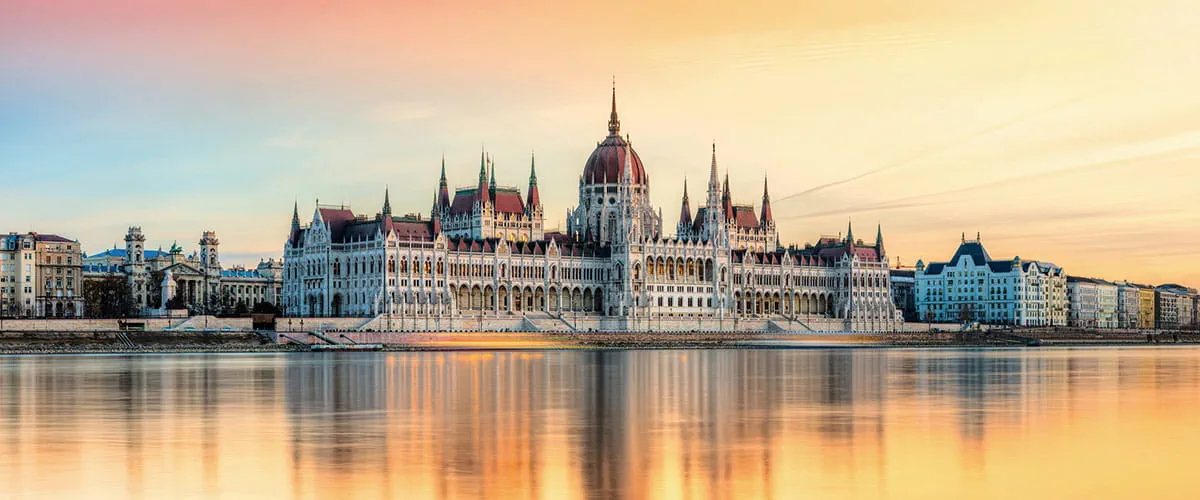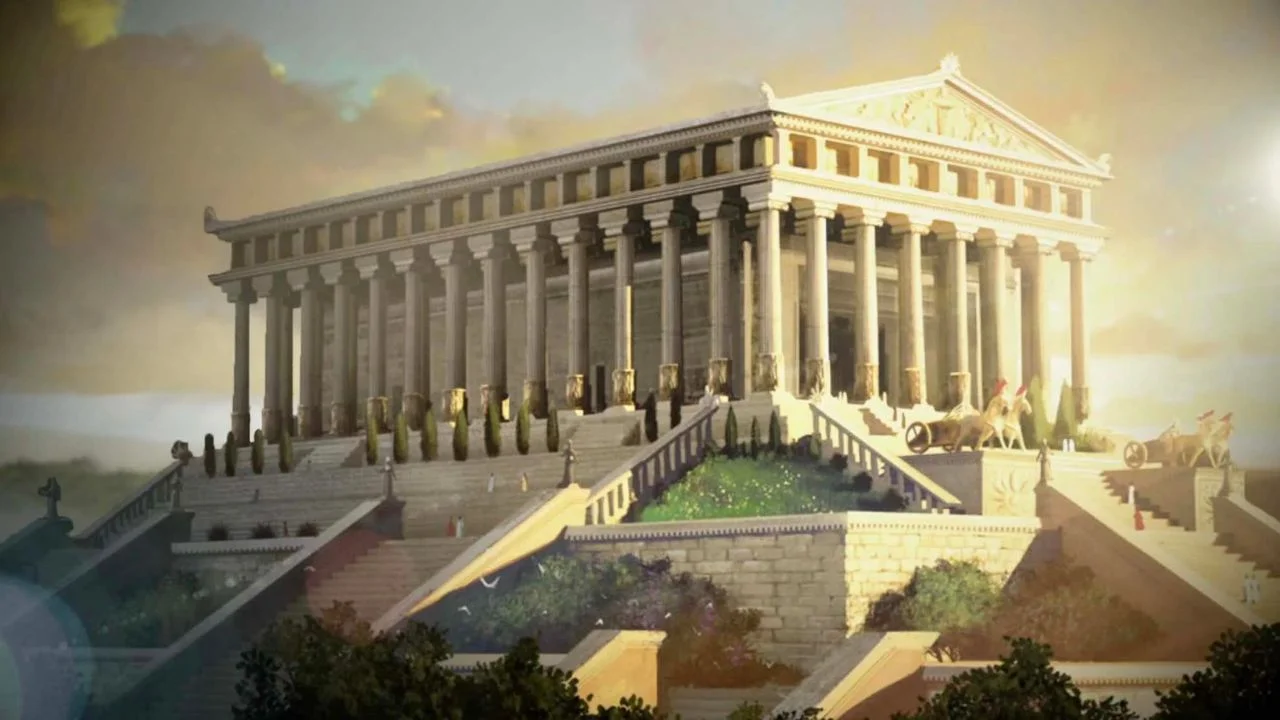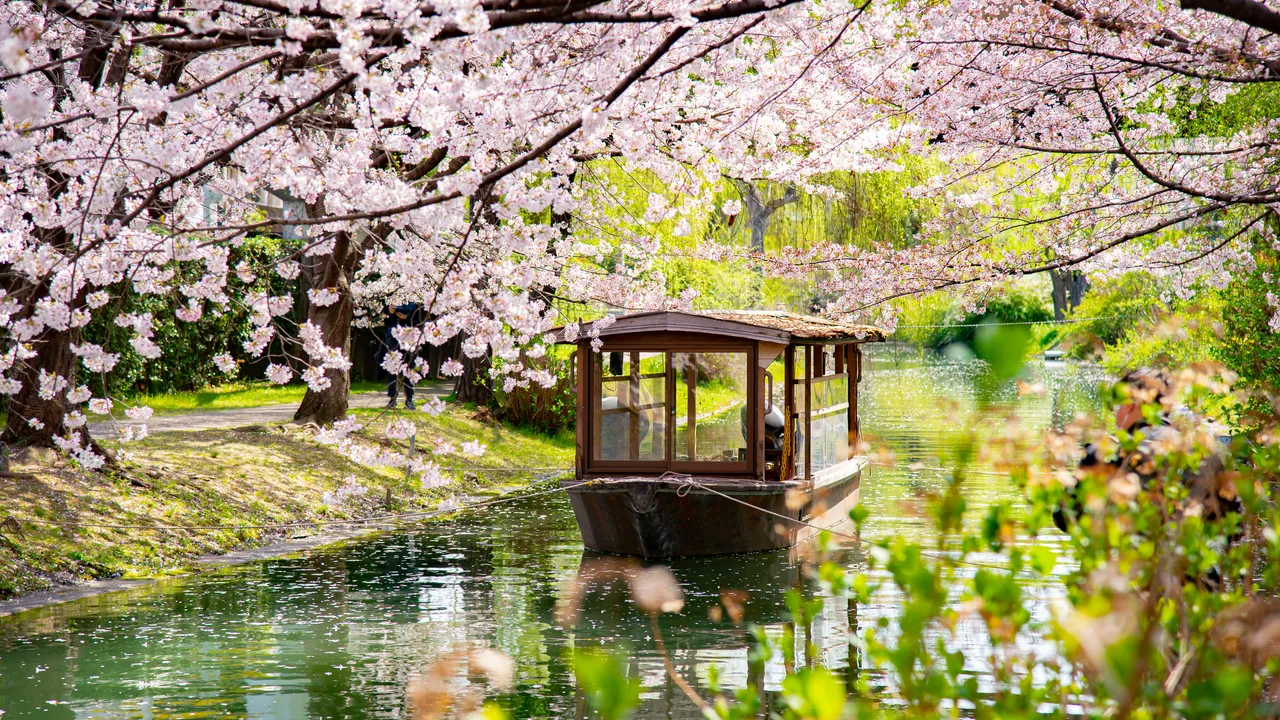Setting Off from Budapest: The Pearl of the Danube
Budapest, often called the “Pearl of the Danube,” is a city that effortlessly blends grandeur with intimacy. Straddling the mighty Danube River, the city is split into the hilly, historic Buda and the bustling, cosmopolitan Pest. As the starting point of this Balkan adventure, Budapest sets a high bar with its architectural splendor, thermal baths, and vibrant cultural scene.
Begin your journey at Buda Castle, a UNESCO World Heritage Site perched atop a hill overlooking the river. The castle complex, housing the Hungarian National Gallery and the Budapest History Museum, offers a glimpse into Hungary’s storied past. Wander through its cobblestone streets to the Matthias Church, its neo-Gothic spire piercing the sky, and the adjacent Fisherman’s Bastion, where panoramic views of Pest’s skyline unfold like a postcard.
No visit to Budapest is complete without soaking in one of its thermal baths. The Széchenyi Thermal Bath, with its sprawling outdoor pools and neo-Baroque architecture, is a must. As you sink into the warm, mineral-rich waters, the city’s stresses melt away, preparing you for the journey ahead.
Pest, on the opposite bank, pulses with energy. Stroll along Andrássy Avenue, another UNESCO site, lined with elegant neo-Renaissance buildings, and visit the Hungarian State Opera House for a dose of cultural opulence. For a taste of local life, head to the Great Market Hall, where vendors sell everything from paprika-spiced sausages to Tokaj wine. Grab a lángos, a deep-fried dough topped with sour cream and cheese, for a quintessential Hungarian snack.
As evening falls, Budapest’s ruin bars in the Jewish Quarter beckon. These eclectic spaces, like Szimpla Kert, are housed in abandoned buildings transformed into quirky, art-filled havens. Sip a pálinka (fruit brandy) and let the city’s bohemian spirit wash over you. With Budapest’s magic as your send-off, the road to Belgrade promises to deepen your enchantment with the Balkans.
Crossing the Puszta: Hungary’s Great Plain
Leaving Budapest, the journey south takes you through the Great Hungarian Plain, or Puszta, a vast steppe that feels like a portal to another time. This flat, windswept landscape, dotted with traditional wells and grazing cattle, is Hungary’s rural heartland. A stop in Kecskemét, a charming town known for its Art Nouveau architecture and vibrant markets, offers a glimpse into provincial life. Visit the Cifra Palota (Ornamental Palace), a kaleidoscope of colorful tiles and whimsical designs, to appreciate the region’s artistic heritage.
For a deeper dive into Puszta culture, detour to a traditional csárda (inn) for a hearty meal of goulash or pörkölt (a rich meat stew). If you’re lucky, you might catch a performance of Hungarian folk music or a display of csikós, the skilled horsemen who perform breathtaking feats on the plains. The Puszta’s stark beauty and cultural richness serve as a bridge between Budapest’s urban sophistication and the raw authenticity awaiting in Serbia.
Subotica: A Cultural Crossroads
As you approach the Serbian border, the city of Subotica emerges like a hidden gem. Often overlooked, this northern Serbian city is a melting pot of Hungarian, Serbian, and Croatian influences, reflected in its architecture and cuisine. Subotica’s crown jewel is its City Hall, a masterpiece of Hungarian Art Nouveau designed by Marcell Komor and Dezső Jakab. Its vibrant colors, intricate tilework, and fairy-tale turrets make it a photographer’s dream.
Explore the nearby Synagogue, another Art Nouveau marvel, recently restored to its former glory. Its stained-glass windows and ornate interiors tell the story of Subotica’s once-thriving Jewish community. For a taste of local life, visit the bustling flea market or sip coffee at one of the cafés on Korzo, the city’s main promenade.
Subotica’s proximity to Palic Lake adds a natural dimension to your visit. This serene lake, surrounded by lush parks and elegant villas, is perfect for a leisurely walk or a boat ride. As you savor a plate of ćevapi (grilled meat sausages) at a lakeside restaurant, you’ll feel the cultural shift from Hungary to Serbia, a subtle but palpable transition that marks the heart of the Balkans.
Novi Sad: Serbia’s Cultural Capital
Continuing south, Novi Sad, Serbia’s second-largest city, welcomes you with open arms. Known as the “Athens of Serbia” for its cultural vibrancy, Novi Sad sits along the Danube, its skyline dominated by the Petrovaradin Fortress. This 17th-century stronghold, often called the “Gibraltar of the Danube,” is a must-visit. Climb its clock tower for sweeping views, and explore its underground tunnels, a labyrinthine network steeped in history.
Novi Sad’s charm lies in its laid-back yet sophisticated vibe. The city’s pedestrian-friendly center, anchored by Freedom Square, is lined with colorful buildings, lively cafés, and the neo-Gothic Name of Mary Church. Summer visitors may catch the EXIT Festival, one of Europe’s premier music events, held at the Petrovaradin Fortress. Even outside festival season, Novi Sad’s nightlife thrives, with bars and clubs pulsing with energy.
For a taste of Vojvodina’s cuisine, try a plate of đuveč, a vegetable and meat stew, or sarma, cabbage rolls stuffed with minced meat and rice. Pair your meal with a glass of rakija, Serbia’s beloved fruit brandy, and toast to the journey ahead. Novi Sad’s blend of history, culture, and youthful energy makes it a perfect stopover before reaching Belgrade.
Belgrade: The White City
The final destination, Belgrade, is a city that wears its history on its sleeve while embracing a modern, cosmopolitan edge. Known as the “White City” (Beo-grad), Belgrade sits at the confluence of the Danube and Sava rivers, a strategic location that has shaped its tumultuous past. From Roman ruins to Ottoman forts, Austro-Hungarian elegance to socialist-era brutalism, Belgrade is a living museum of resilience and reinvention.
Start your exploration at Kalemegdan Fortress, the city’s historic and emotional heart. This sprawling complex, perched above the rivers, offers a journey through centuries of conquest and liberation. Wander through its ramparts, visit the Military Museum, or simply enjoy the sunset views over the water. The fortress park is also home to the Victor Monument, a symbol of Belgrade’s enduring spirit.
From Kalemegdan, stroll down Knez Mihailova Street, Belgrade’s bustling pedestrian artery. Lined with shops, cafés, and historic buildings, it’s the perfect place to soak up the city’s vibe. For a deeper dive into Serbia’s history, visit the National Museum or the Museum of Yugoslav History, where Tito’s legacy looms large.
Belgrade’s culinary scene is a highlight, blending Balkan traditions with global influences. Head to a kafana, a traditional tavern, for a meal of pljeskavica (a juicy meat patty) or roštilj (mixed grill), washed down with a cold Jelen beer. Skadarlija, the bohemian quarter, is the place to experience Belgrade’s soul. This cobblestone street, reminiscent of Paris’s Montmartre, is lined with kafanas where live tamburica music fills the air.
For a modern twist, explore Savamala, a revitalized district along the Sava River. Here, street art, hip bars, and cultural hubs like KC Grad showcase Belgrade’s creative pulse. As night falls, join locals at a splav, one of the floating river clubs that make Belgrade’s nightlife legendary. Whether you’re dancing to techno or sipping rakija under the stars, Belgrade’s energy is infectious.
The Journey’s Soul: Why the Balkans Bewitch
The route from Budapest to Belgrade is more than a physical journey; it’s a tapestry of cultures, histories, and landscapes that weave together to create something truly magical. The Balkans, often misunderstood or overlooked, reveal their depth through every encounter—whether it’s the haunting beauty of Subotica’s architecture, the pastoral charm of the Puszta, or the defiant spirit of Belgrade’s streets.
This journey also highlights the region’s resilience. The Balkans have weathered empires, wars, and revolutions, yet their people remain warm, their traditions vibrant, and their landscapes breathtaking. From Budapest’s regal elegance to Belgrade’s gritty charm, every stop along this route offers a new perspective, a new flavor, a new story.
Practical Tips for the Journey
- Transportation: The route from Budapest to Belgrade is easily navigable by train, bus, or car. The train journey (approximately 8 hours) offers scenic views of the Puszta and the Danube. Buses are faster (around 6 hours), while driving allows flexibility for stops in Subotica and Novi Sad.
- Best Time to Travel: Spring (April-May) and autumn (September-October) offer mild weather and fewer crowds. Summer is vibrant but can be hot, especially in Belgrade.
- Currency: Hungary uses the forint (HUF), while Serbia uses the dinar (RSD). Euros are often accepted in tourist areas, but local currency is preferred.
- Language: Hungarian dominates in Budapest and Subotica, while Serbian takes over in Novi Sad and Belgrade. English is widely understood in cities, but learning a few phrases (like “köszönöm” for thank you in Hungarian or “hvala” in Serbian) goes a long way.
- Safety: Both Hungary and Serbia are generally safe, but exercise caution in crowded areas and at night, especially in Belgrade’s nightlife districts.
A Call to Adventure
The journey from Budapest to Belgrade is a love letter to the Balkans—a region that defies expectations and captivates the heart. Whether you’re drawn to Budapest’s thermal baths, Subotica’s architectural gems, Novi Sad’s cultural vibrancy, or Belgrade’s raw energy, this route will leave you bewitched. Pack your curiosity, embrace the unexpected, and let the Balkans weave their spell. Your adventure begins now.





Leave a Reply